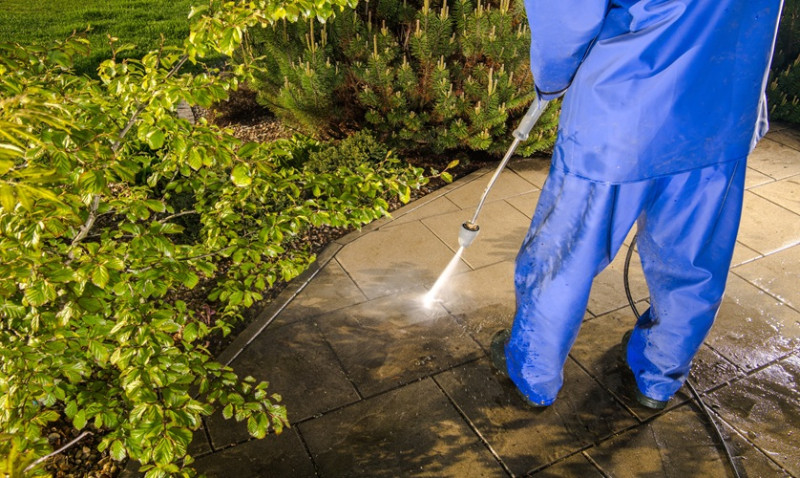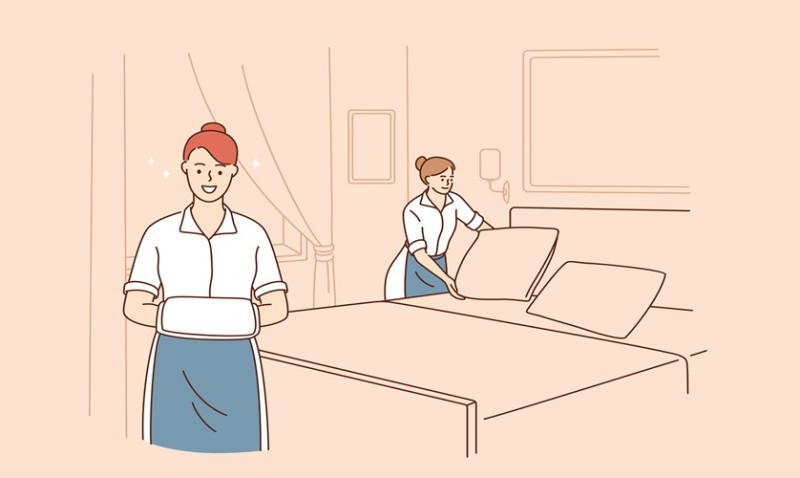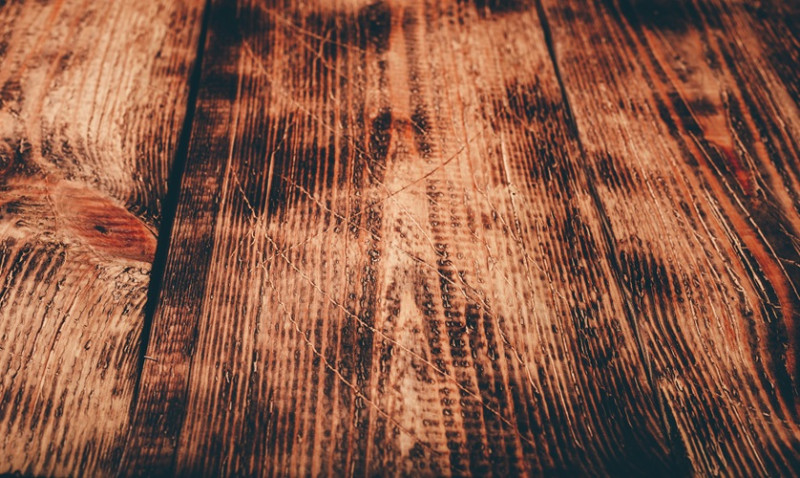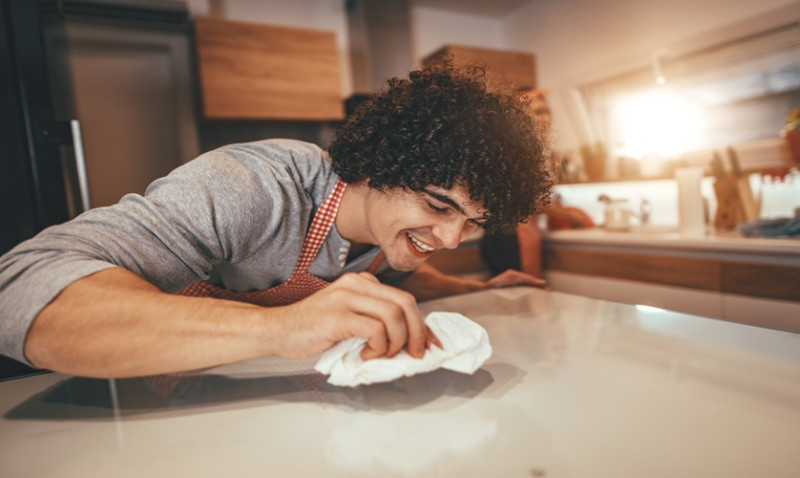
Whether you're a DIY enthusiast revamping your space, a young professional maintaining a stylish flat, or a trade expert ensuring top-notch results, vacuuming plays a key role in home and workplace presentation. Clean floors are the foundation of any inviting interior, and using your vacuum correctly can make a significant difference. In this post, we break down essential vacuum best practices tailored to different flooring types and cleaning needs commonly found in UK homes and professional spaces.
Understand Your Flooring Type
The first step in effective vacuuming is knowing the type of floor you're working with. Carpets, hardwood, tile, laminate, and vinyl all require specific settings or attachments to avoid damage while ensuring a deep clean. A powerful upright vacuum with brush roll is ideal for medium to high-pile carpets, while hardwood and delicate flooring benefit from suction-only models or vacuums with soft brush rolls.
For period homes with a mix of natural wood flooring and rugs, opt for vacuums with adjustable height settings and suction controls. These features allow you to clean thoroughly without scratching delicate surfaces or pulling up fibres from valuable rugs.
In modern flats and loft-style apartments that often feature open-plan layouts with engineered wood or luxury vinyl tile, a lighter cordless model may suit best. Just ensure it has interchangeable heads so you can tackle rugs and pet hair if necessary.
Architects and interior designers can also keep flooring warranties intact on new builds or renovations by recommending vacuums suited for specific materials. For example, many luxury vinyl manufacturers specify soft-bristle vacuums to maintain surface integrity.
Choose the Right Attachments
Most vacuums come with a variety of attachments, and each has its purpose. Understanding how to use them effectively will elevate your cleaning game. Here's a quick breakdown of common accessories and when to use them:
| Attachment | Best Use |
|---|---|
| Crevice Tool | Deep-cleaning corners, edges, and narrow spaces like skirting boards |
| Upholstery Tool | Cleaning sofas, cushions, and drapes – especially effective for pet owners |
| Dusting Brush | Tackling delicate surfaces like blinds, lampshades, and shelves |
| Motorised Brush Head | Agitating fibres on carpet for a deeper clean – ideal for homes with children or heavy foot traffic |
Professional tradespeople may find that utilising attachments saves time by allowing them to clean workshop debris from unusual angles and surfaces more efficiently. Having the right tool for the right space ensures more impressive results, whether during staging or post-construction cleanup.
Vacuum in More Than One Direction
One often-overlooked practice is changing your vacuuming direction. Running the machine in only one direction – particularly on carpet – means you're only lifting debris from a single grain of the fibre layout. Move over the area in parallel and then perpendicular strokes for a more thorough clean, especially in high-traffic zones.
This technique is particularly beneficial in UK homes with plush carpets or loop-pile textures. Vacuuming in multiple directions lifts matted fibres and helps prolong carpet life by preventing dirt from being ground into the base.
In minimalist or Scandinavian-style interiors, where pale or grey-toned carpets are popular, debris shows up quickly. Multi-directional vacuuming keeps these rooms pristine and presentable without requiring constant deep cleaning.
Regular Maintenance of Your Vacuum
Your vacuum is only as good as its upkeep. Cleaning filters, hoses, and brushes is just as important as the act of vacuuming itself. Many users notice suction loss, strange odours, or inconsistent performance because they haven’t emptied the bag or dust cup frequently enough.
For bagless models, empty the dust canister after every use to prevent blockages. For bagged units, replace the bag when it's about two-thirds full – waiting longer can reduce airflow and put strain on the motor.
Wash or replace HEPA filters every 1 to 3 months if you're in a household with pets, allergies, or heavy daily use. These filters are essential for trapping allergens, dust mites, and pollen – elements especially common in UK homes during spring and autumn.
Professional cleaners and trade contractors should inspect their vacuum equipment weekly. On-site dust and debris can clog mechanisms much faster, reducing performance and even violating health and safety standards in some cases.
Set a Vacuuming Schedule
One of the best vacuuming practices is consistency. Establish a schedule based on your lifestyle and the amount of foot traffic each area receives. Here's a general guide:
| Area Type | Vacuum Frequency |
|---|---|
| Living Room / Lounge | Every 1–2 days |
| Bedrooms | 2 times a week |
| Hallways / Entryways | Every day |
| Kitchen (hard floors) | 3–4 times a week |
| Workshops / Professional Units | Daily or after each project |
Busy professionals may benefit from incorporating robotic vacuum cleaners for maintenance, reserving full vacuuming for weekends. Parents and pet owners might choose to set alerts to maintain freshness in carpets and rugs mid-week. By aligning cleaning habits with your schedule, you preserve your interiors without feeling overwhelmed.
Avoid Over-Vacuuming Delicate Areas
While consistency is key, overdoing it can cause issues. Delicate rugs, antique carpets, or historic flooring found in many UK properties should not be vacuumed daily. Instead, use a dusting brush or hoover on the lowest setting with no rotating bristles. This helps avoid fibre degradation or unexpected wear.
Period homes, especially Georgian and Victorian properties, may have original hardwood floors prone to scratching. In such cases, manually sweeping and following up with a soft suction vacuum once a week is usually sufficient.
Similarly, for custom interiors or bespoke carpet inserts designed by interior designers or architects, consult manufacturer guidelines before applying a vacuum cleaner to unique weaves or finishes.
Leverage Technology When Possible
Vacuum technology has advanced rapidly in recent years. From smart cleaning maps to suction sensors and modular heads, modern vacuum cleaners can do a lot more than many realise. If you're investing in a new model, consider ones designed with British homes in mind – varying floor levels, nesting stairs, and tight hallways require flexibility and multi-functionality.
Brands like Dyson, Shark, and Henry continue to gain popularity across the UK for their powerful suction, durability, and family-friendly features. Meanwhile, robot vacuums from Eufy or Roomba act as steady background cleaners for busy households and professionals.
Trade professionals and artists in studios or site-based spaces might benefit from wet/dry vacuum units, which can tackle sawdust, plaster, or even water spills with ease. These are especially useful after property renovations or during construction clean-up.
Final Thoughts: Make Vacuuming Work for You
Vacuuming doesn't have to be a chore—done right, it's a critical component of maintaining an inviting and functional space. Whether you're aiming to impress design clients, prepare a home for resale, or simply create a cosier environment for your family, mastering vacuum best practices helps make the most of your interior investments.
Consider your lifestyle, flooring types, and daily needs before investing in equipment or setting a routine. With proper care, both your vacuum cleaner and your floors can thrive for years to come.
Need help choosing the right vacuum for your home or project? Our product specialists are here with expert advice to ensure your space is not only clean but curated for performance and longevity.






